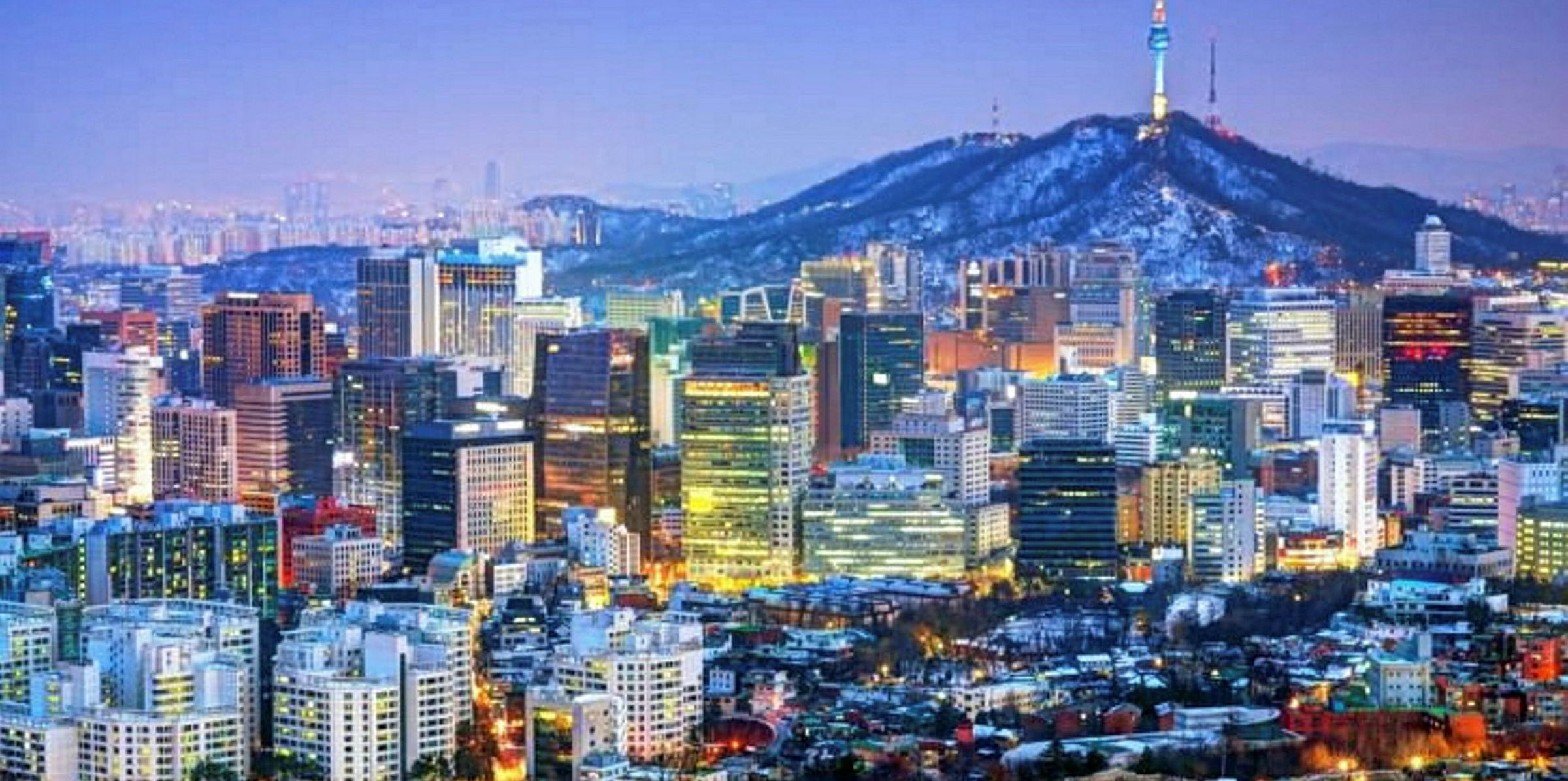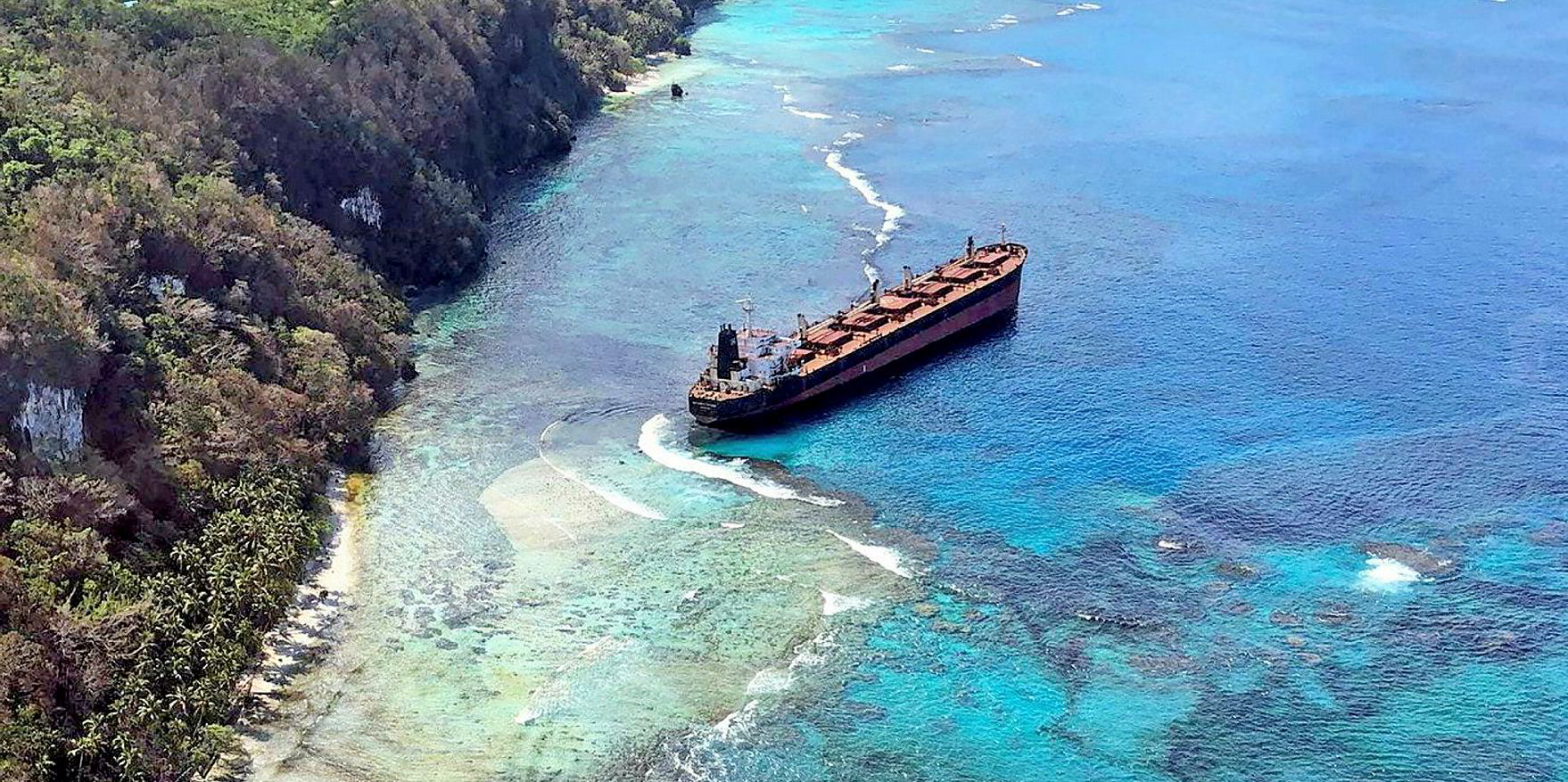Korea P&I Club has offered to share its experience in handling two high-profile and environmentally sensitive casualties with members of the International Group of Protection & Indemnity Clubs.
The offer was made by the insurer’s chief operating officer, Bay Moon, to Nick Shaw, incoming chief executive of the International Group, on a visit to London.
The International Group is exploring ways to share casualty and claims data among its 13 members in an initiative aimed at improving loss prevention and reducing accidents.
Toxic fumes
Moon said non-International Group mutual insurers, such as Korea P&I and China P&I Club, can make a valid contribution to the initiative.
Korea P&I was involved in a major containership fire on the 1,600-teu KMTC Hongkong (built 1998) at the port of Laem Chabang in Thailand in March. The incident was one of a series of recent containership fires, which have become the number one safety concern for the insurance industry.
Moon told TradeWinds: “This is not just a matter for KMTC [Korea Marine Transport Co] or Korea P&I, but how to avoid this type of accident must be studied more by the industry.”
The club’s investigation has identified the cause of the blaze as a mis-declared consignment of calcium hypochlorite loaded in Hong Kong. However, Moon is not optimistic about making a financial recovery from the shipper. “Legally we can bring a claim, but shippers which mis-declare cargoes do not usually have many assets,” he said.
Members of the public who were treated in hospital for the effects of toxic fumes from the fire were not badly harmed, he added, and most were discharged within two days.
Moon believes there are also lessons to be learned from the 74,000-dwt Solomon Trader (built 1994) casualty. The bulker grounded off Rennell Island in the Solomon Islands near a World Heritage site in February, causing a fuel-oil spill. The vessel was refloated in May and is heading to the scrapyard.

“What we faced and how we handled it is a lesson that needs to be shared with International Group members,” he said.
The actions of the crew and good fortune prevented a worse spill.
“When the crew abandoned the vessel, they transferred all the bunkers from the bottom tanks to the upper tanks, so bunker spill was very much limited by that,” he explained.
“The casualty also occurred in Kanghwa Bay, and the wind was in a south-westerly direction, which contained the spill in the bay, which was very fortunate for us.”
The salvage was ultimately successful but the remote location meant it took weeks for salvage equipment to arrive from the US and Singapore.
Solomon Islands' liability limits will cap the shipowner's liability for the salvage and spill containment costs at $32m.
There are still some claim costs to be worked out. One big unknown factor is the damage to the island’s coral reef and how much it will cost to repair.
The parties have agreed to conduct a year-long environmental damage assessment, with the International Oil Tanker Owners Pollution Federation acting as an independent observer.
Overall, Moon said reinsurers are happy with the club’s claims handling in the two cases, but the true cost could come at its next renewal with Lloyd’s syndicate reinsurers, when they include the cost of the casualties in next year’s premium calculations.
He hopes to reach an agreement under which reinsurers can recover their losses and settle on a rate that will not damage the Korea P&I business.
This story has been amended since publication to reflect that liability is limited by Solomon Islands law.





